
Hola saludos amigos de Hive motor el día de hoy quisiera compartir un poco de lo que he aprendido en el taller mecánico dónde realizó turnos de trabajo. Cómo ya lo había hecho en mi post anterior en el cuál habló sobre algunas de las herramientas que usamos en el taller de Buses
Hello, greetings friends of Hive motor, today I would like to share a little of what I have learned in the mechanical workshop where I did work shifts. As I had already done in my previous post in which he talked about some of the tools we use in the bus mechanic shop
En esta ocasión les mostraré el sistema de frenos de un Bus de 12metros.
Antes de comenzar a trabajar en el taller desconocía todo sobre cómo funcionan los vehículos a motor pero ahora algunos años después conozco bastante ahora sí comencemos
This time I will show you the braking system of a 12 meter Bus.
Before starting to work in the workshop, I didn't know everything about how motor vehicles work, but now, a few years later, I know a lot, now let's start.
pedar de freno
brake pedal
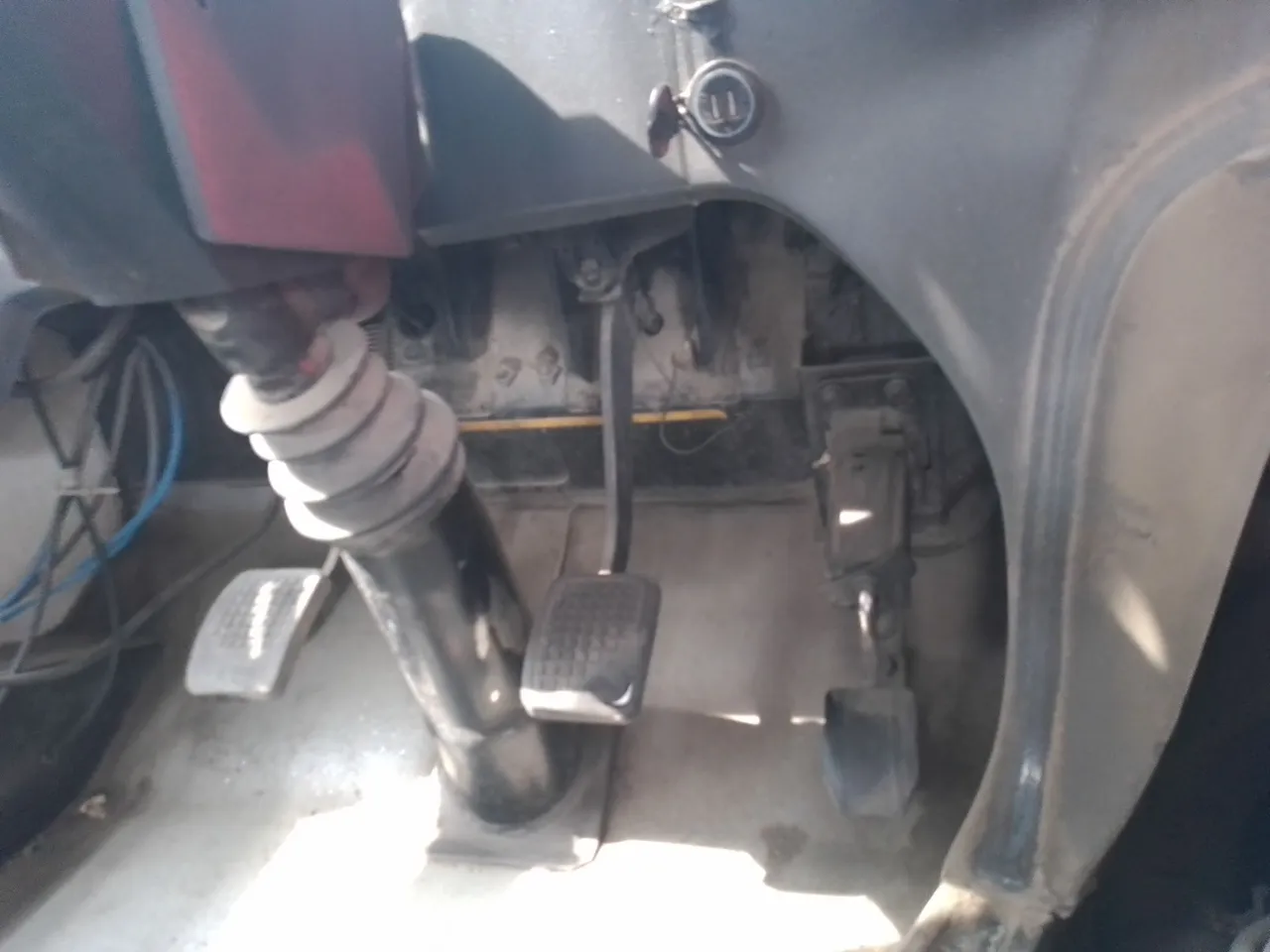
Es el segundo pedar que vemos en la imagen contando de derecha a izquierda su función es activar los frenos muestras se conduce el vehículo este pedal conecta con una válvula que acá llamamos válvula del pedal de freno.
It is the second pedal that we see in the image, counting from right to left. Its function is to activate the brakes. Show that the vehicle is being driven. This pedal connects to a valve that we call here the brake pedal valve.
válvula del pedal de freno
brake pedal valve
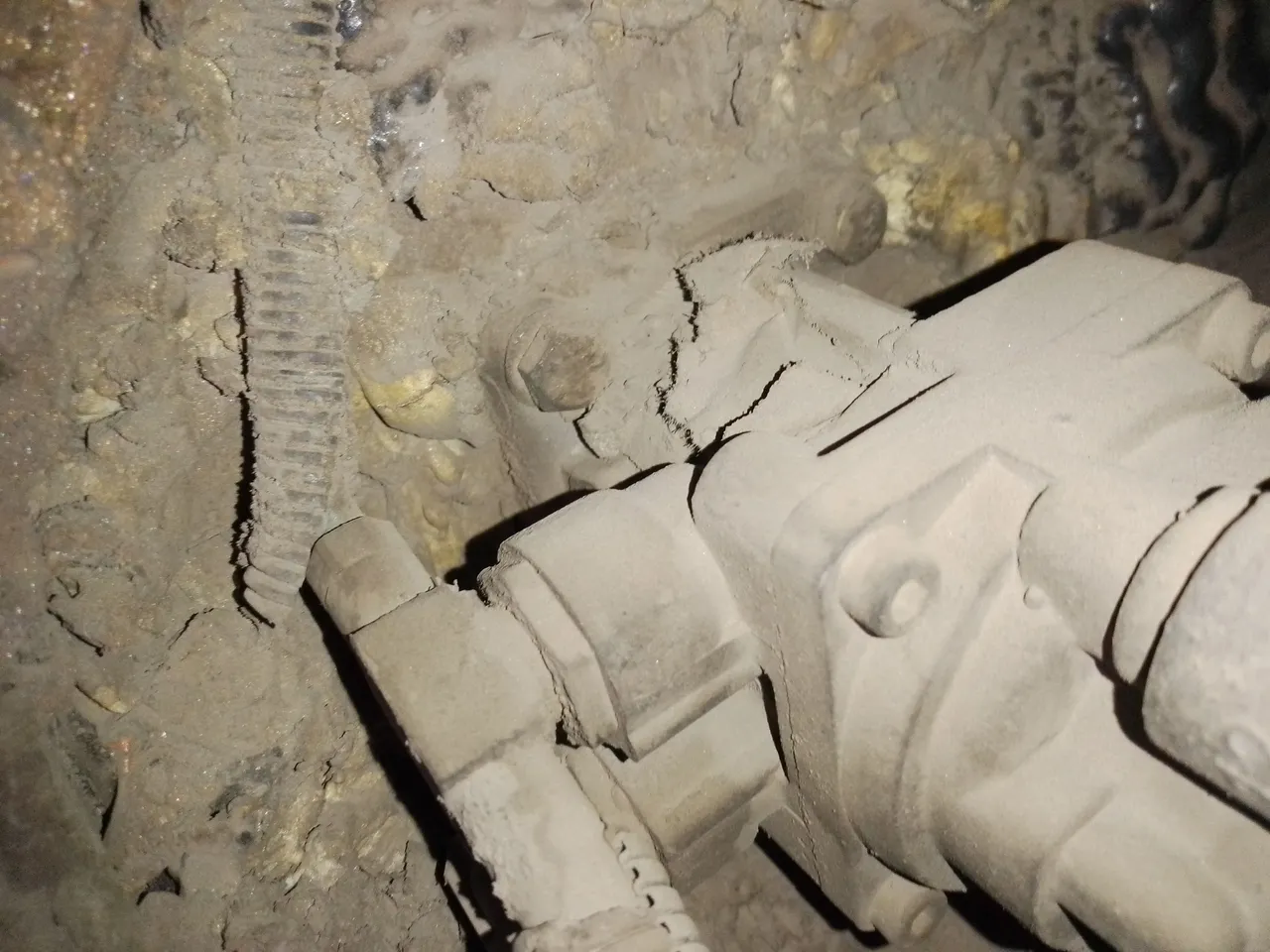
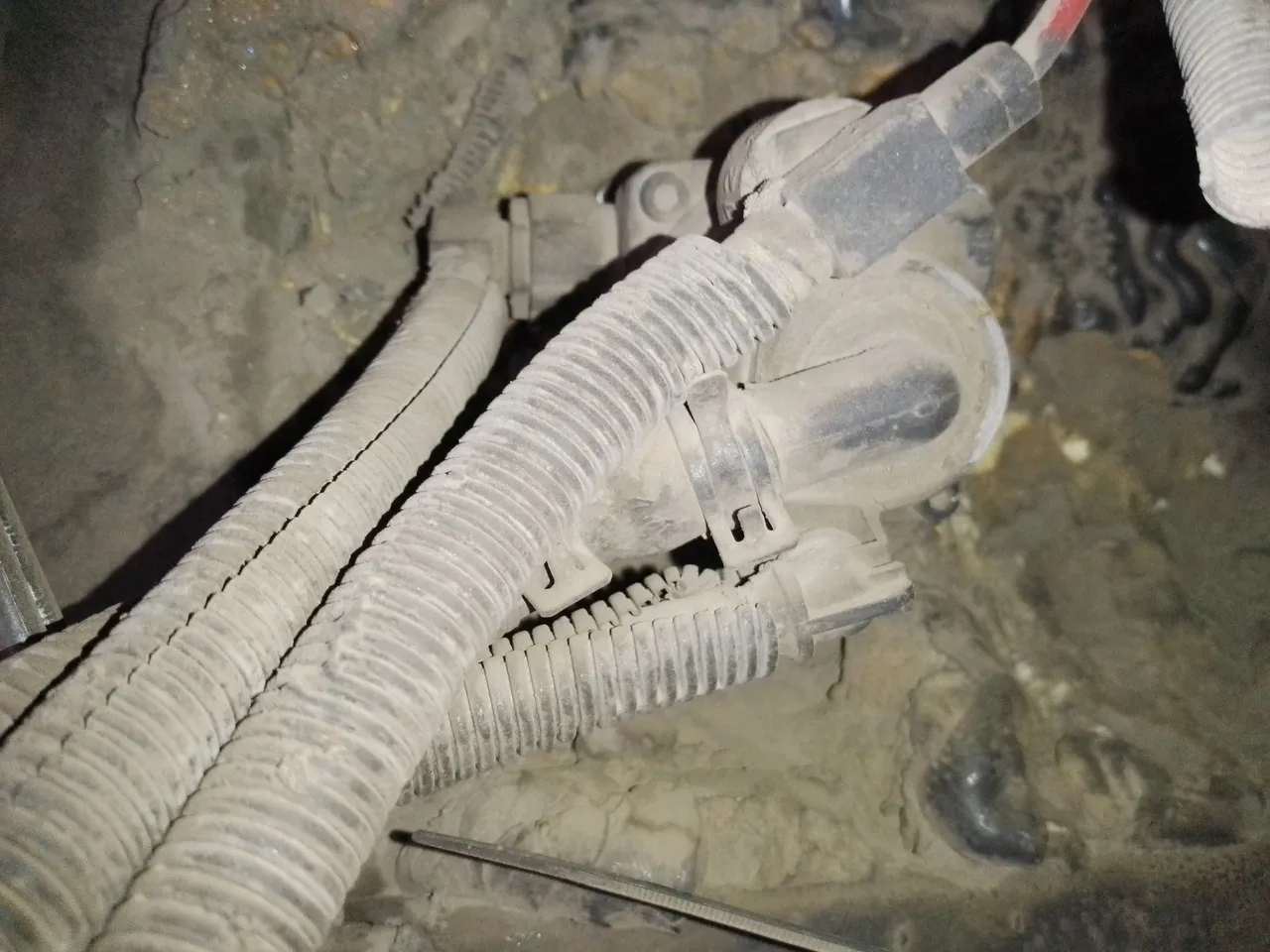
Está válvula cuenta como podemos ver con varias mangueras de aire de entrada y de salida todo este sistema de frenos funciona con aire. Así que cuando pisemos el frente empujaremos aire a presión hacia los pulmones de freno el cuál activará los raches los cuales levantarán los patines los cuales apretarán los tambores de las ruedas detenido el bus.
As we can see, this valve has several inlet and outlet air hoses, this entire brake system works with air. So when we step on the front we will push pressurized air towards the brake lungs which will activate the gusts which will lift the skids which will tighten the drums of the wheels when the bus is stopped.
pulmones
lungs
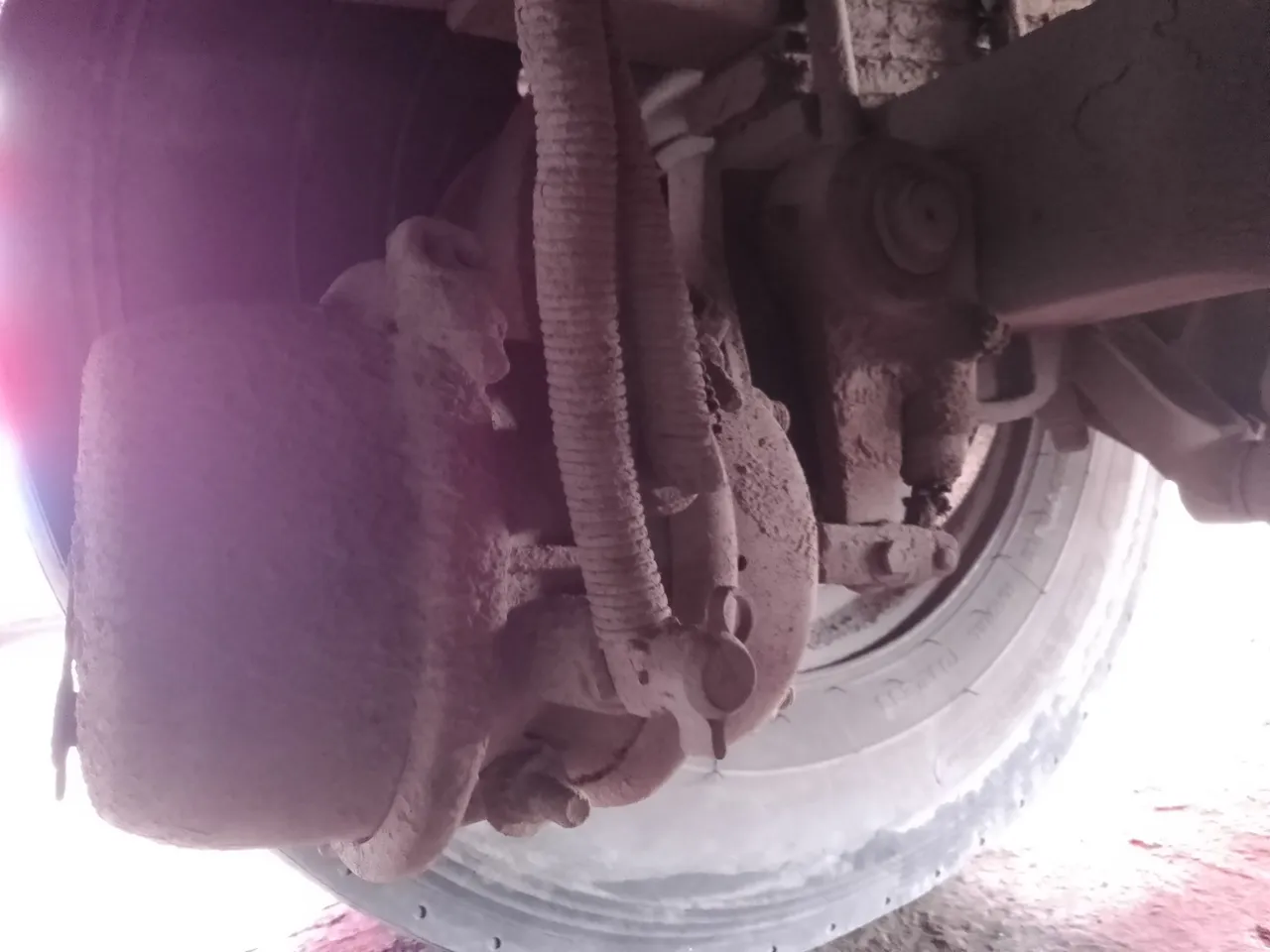
pulmón posterior
rear lung

pulmón delantero
front lung
Cómo este tenemos cuatro en los buses uno por lado dos delantero y dos posteriores
Está compuesto por dos parte frenos y breke tiene un vástago en la parte de atrás el cuál presiona o libera al rache detenido el bus o liberando las bandas de frenos para que el bus avance.
Like this, we have four on the buses, one on each side, two at the front and two at the rear.
It is made up of two brake parts and a breke has a stem at the back which presses or releases when the bus is stopped or releases the brake bands so that the bus moves forward.
Rache
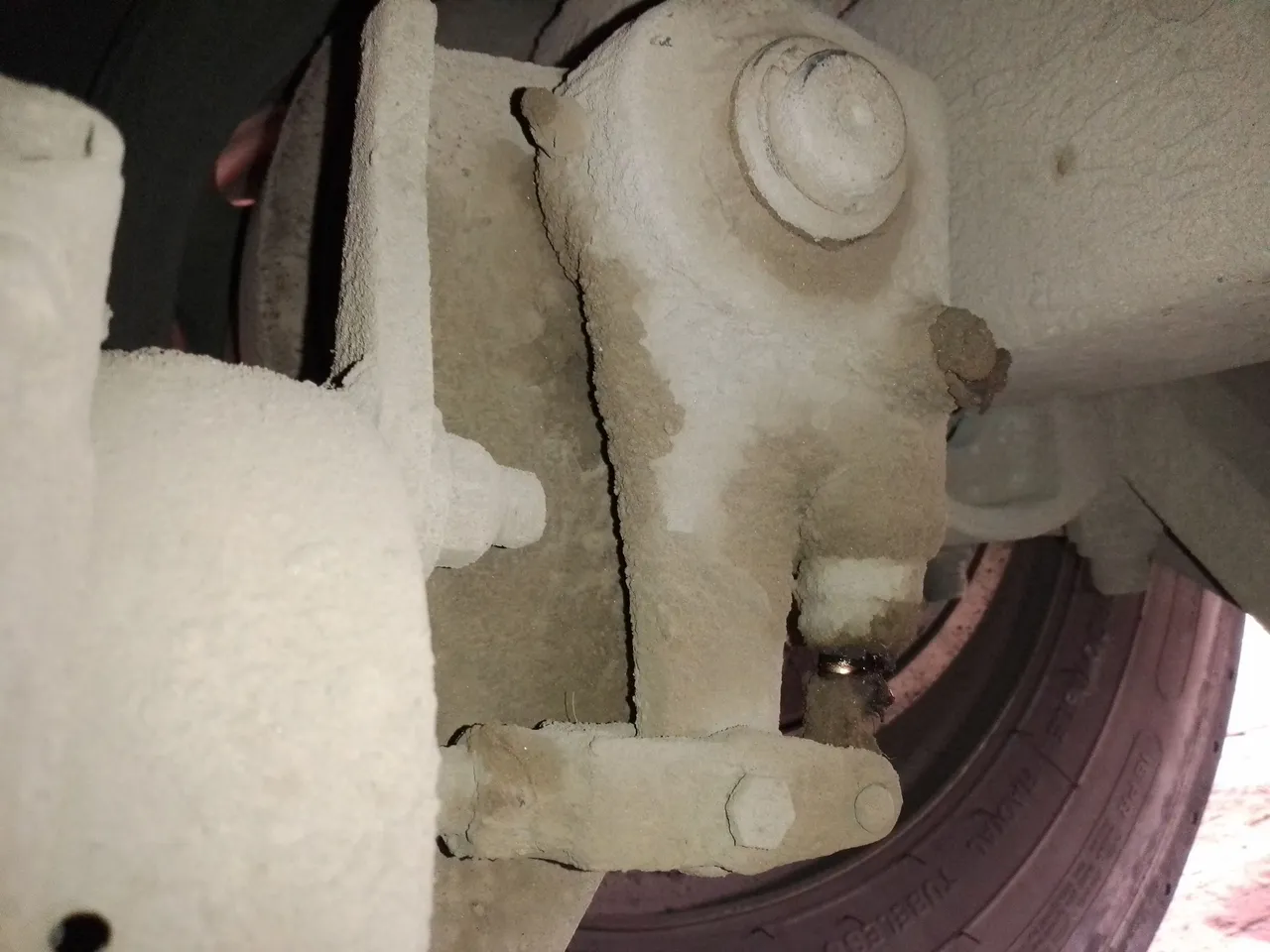
Su función es presionar y liberar las bandas de freno contra el tambor para detenerlo también cuando se van desgastando las bandas de freno con el Rache podemos regular el freno.
Its function is to press and release the brake bands against the drum to stop it also when the brake bands wear out with the Rache we can regulate the brake.
Patines y bandas de frenos
Skids and brake bands
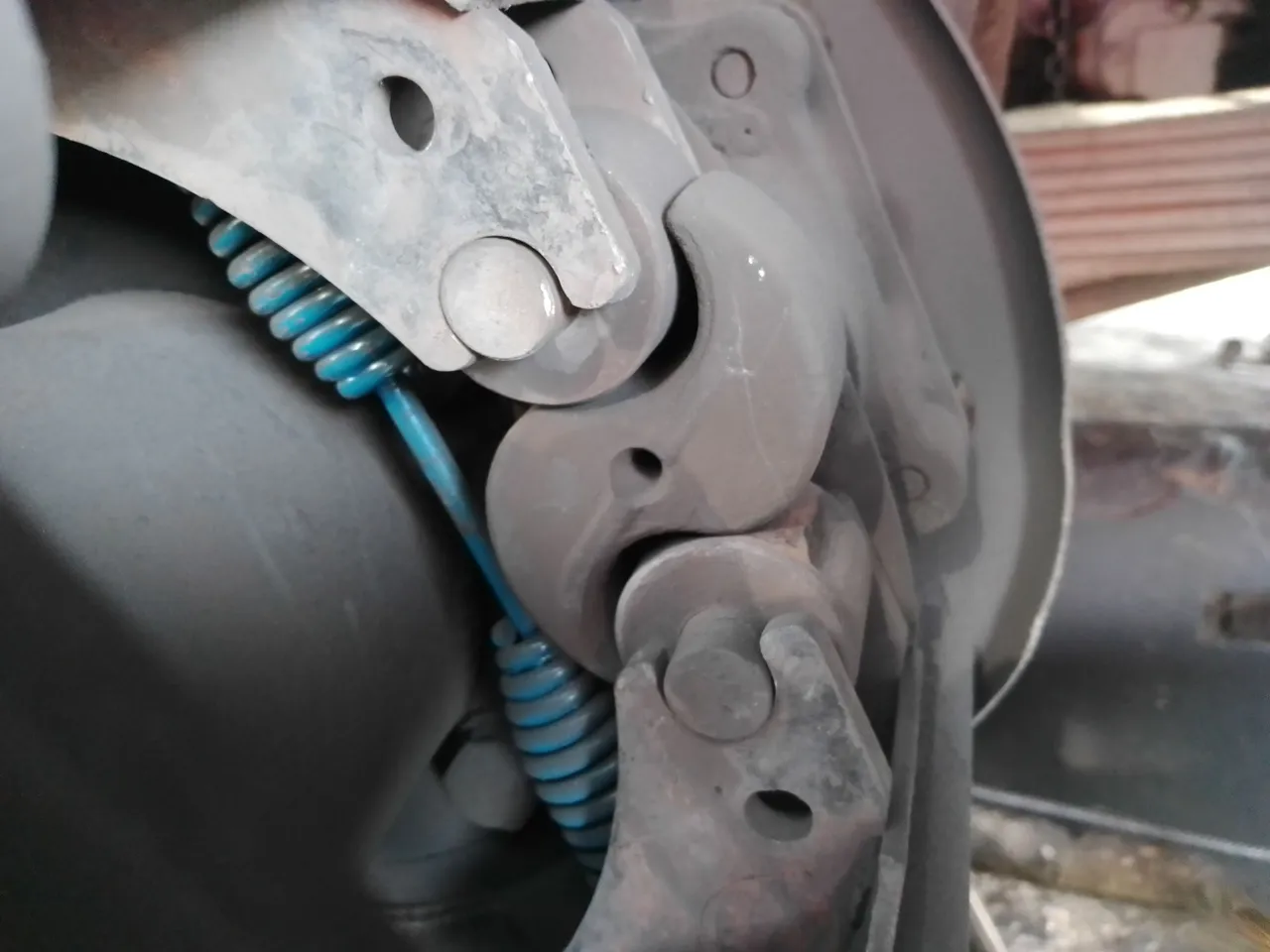
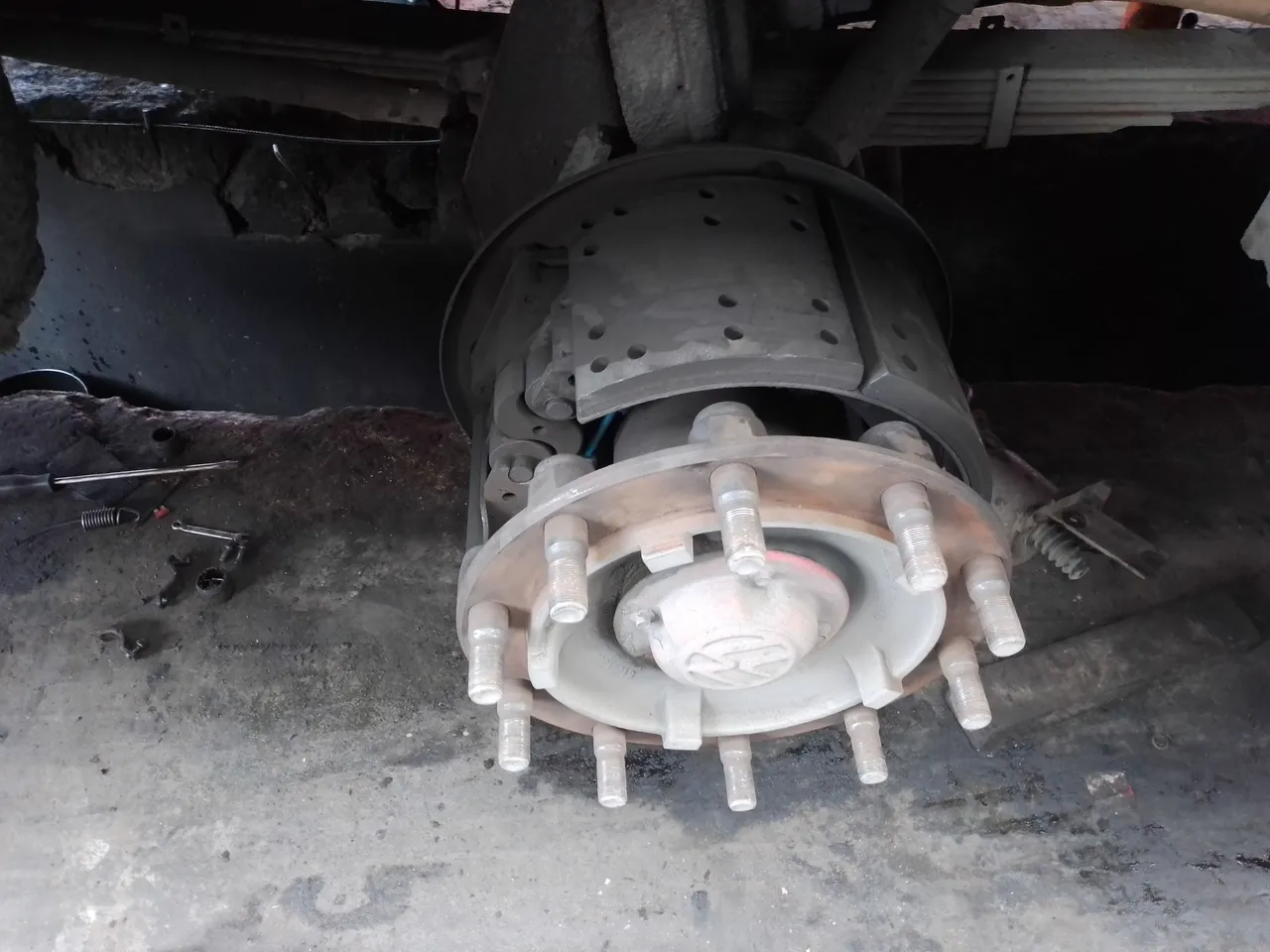
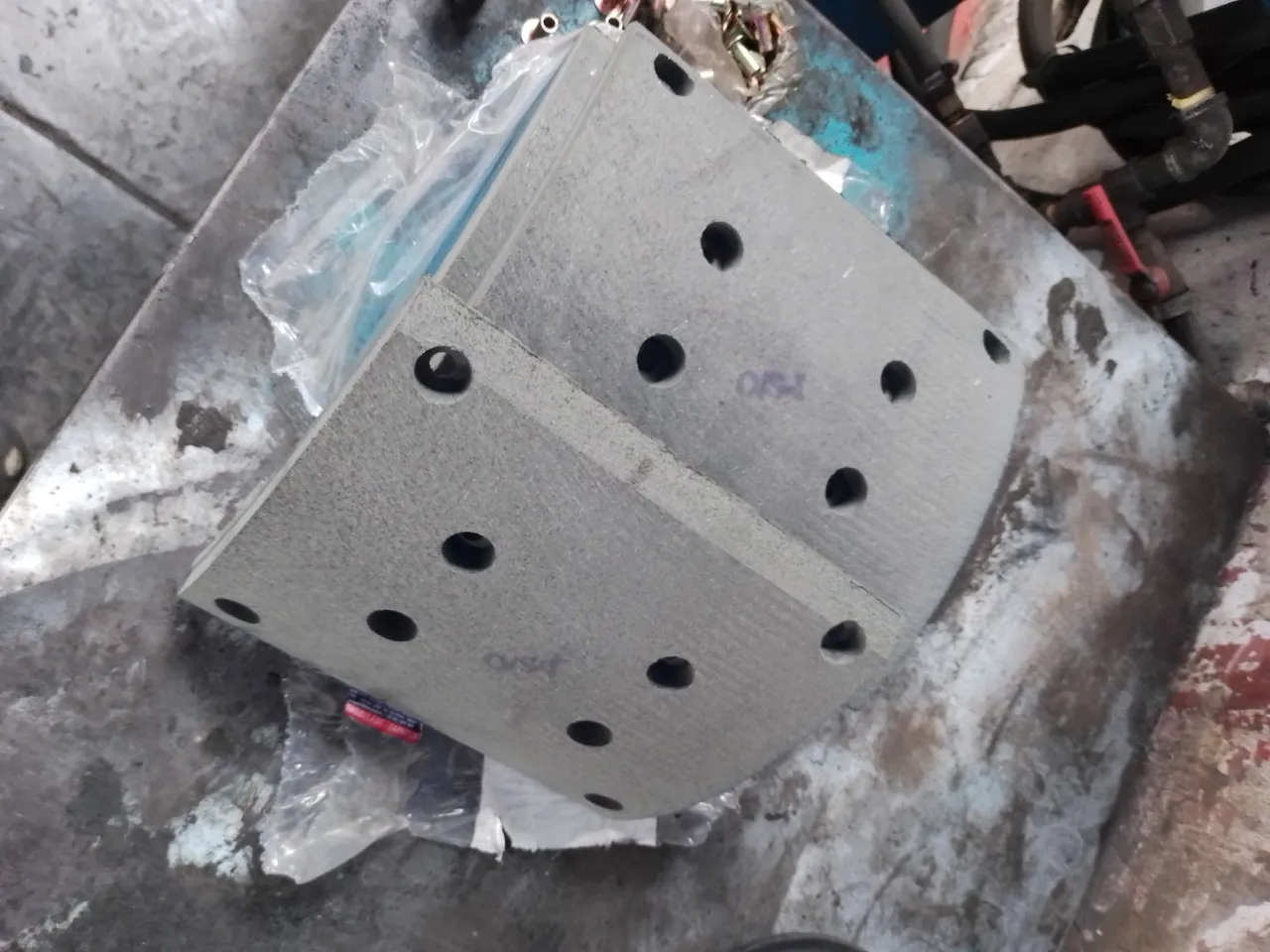
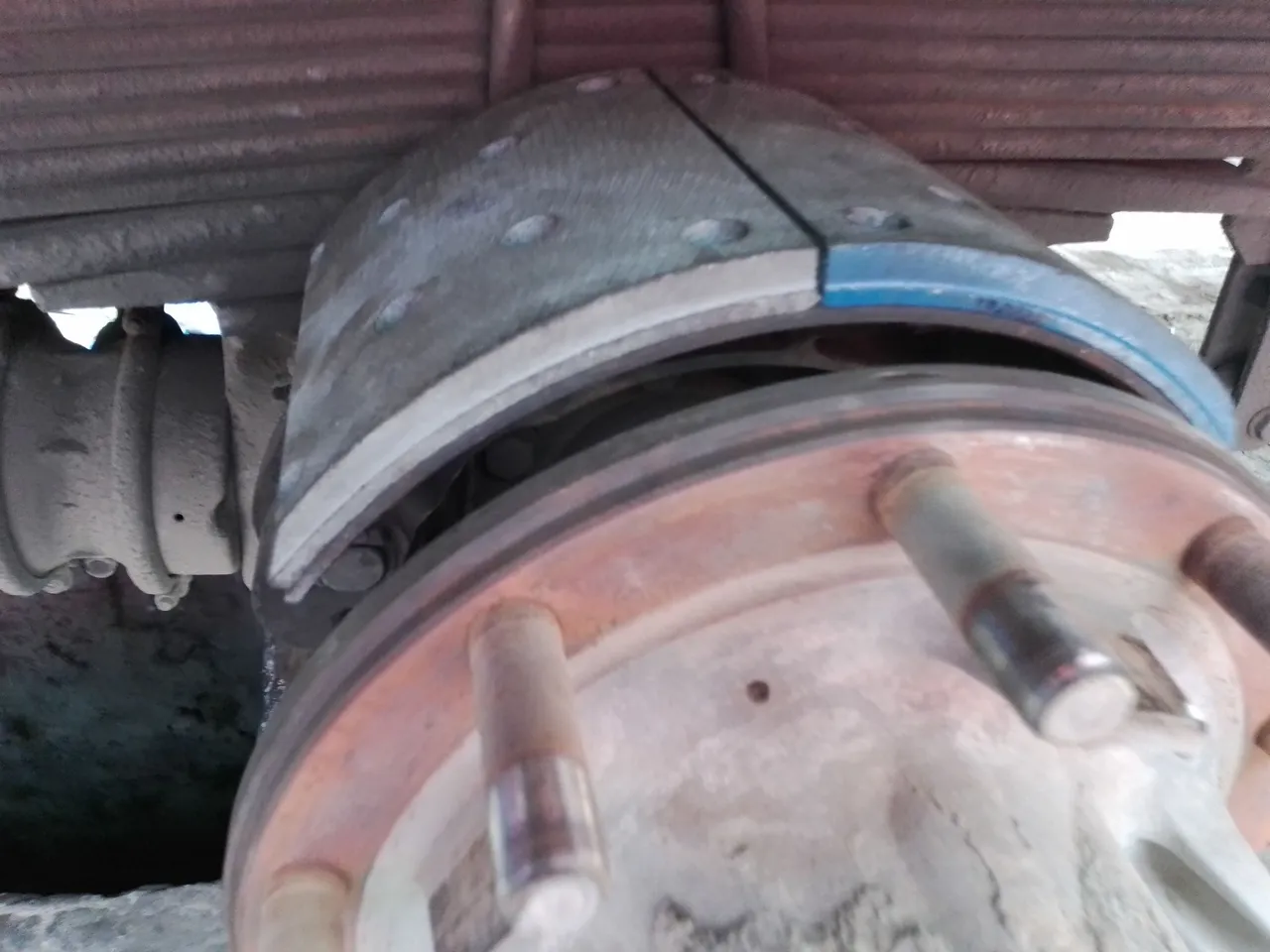
Las bandas o losas de frenos son laminas hechas con asbesto la cuál se remachan a los patines y se van desgastando conforme se va frenando el bus en la imagen la podemos ver de color azul y gris sin ella el bus no frenaría.
Y por último tenemos los tambores.
The brake bands or slabs are sheets made with asbestos which are riveted to the skids and wear out as the bus slows down. In the image we can see it blue and gray without it the bus would not stop.
And finally we have the drums
tambores
drums
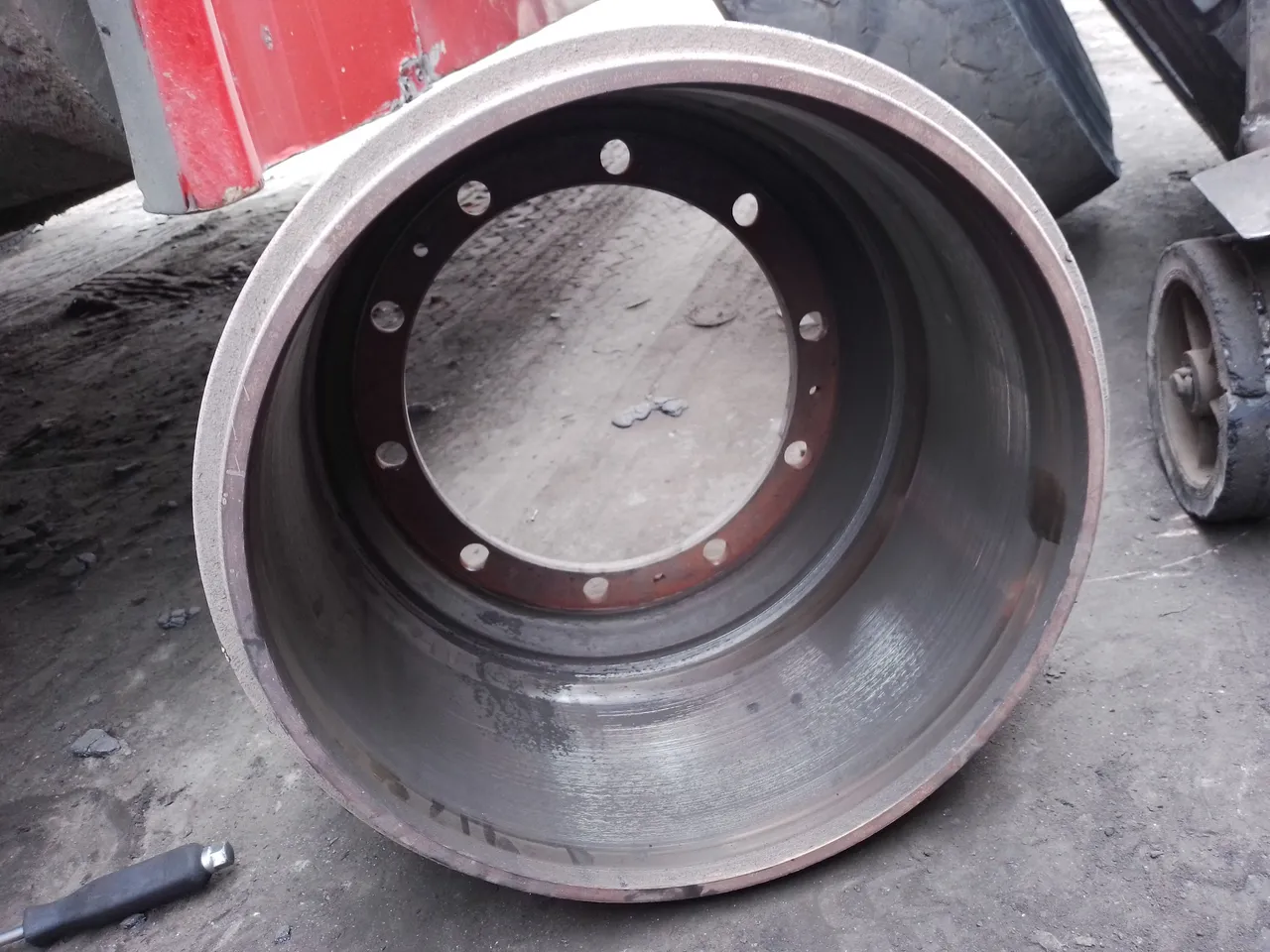
Sirve de pared para que choque con las bandas de freno y detener el bus.
It serves as a wall for it to collide with the brake bands and stop the bus.
Gracias por leer.Hasta aquí llegó mi post sobre el sistema de frenos de un Bus espero les guste hasta la próxima
Thank you for reading. My post on the braking system of a Bus has reached this far. I hope you like it until next time

